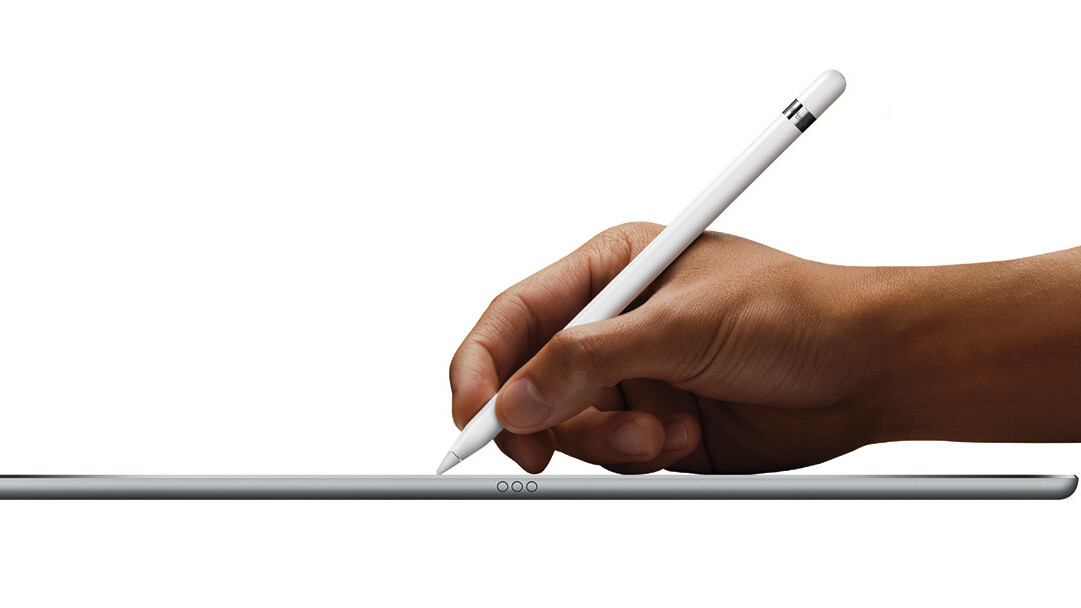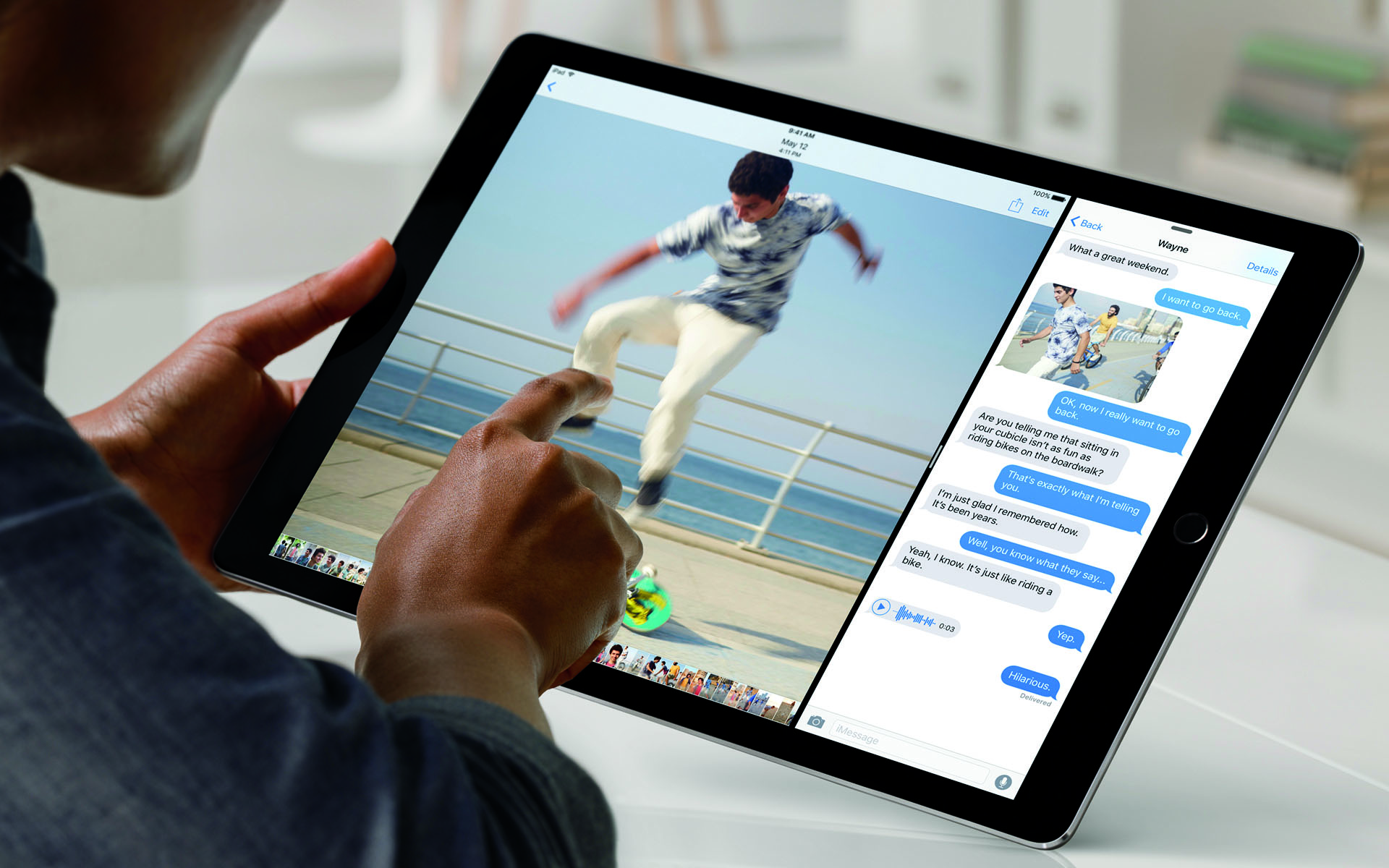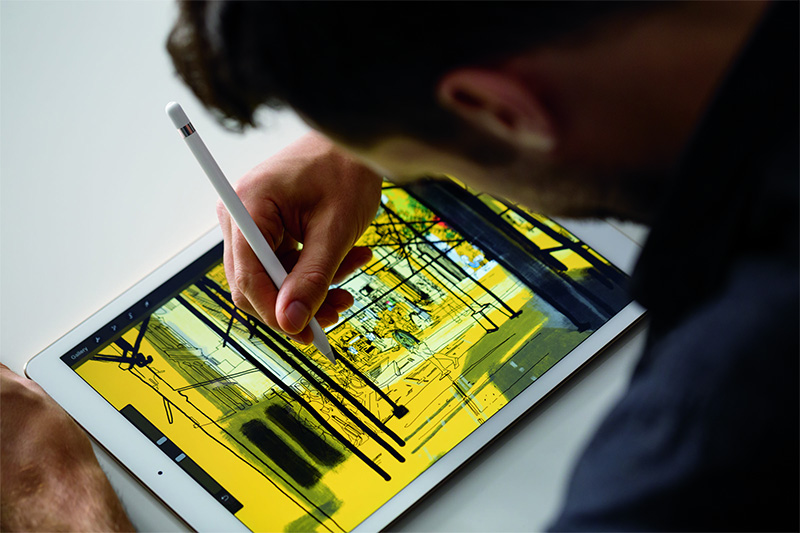
In name alone, the iPad Pro suggests it’s something more than just a tablet — and it is. Big, powerful and already with some great apps, the iPad Pro is Apple’s stab at robust computing away from the desktop.
And it’s definitely for pros — just not every pro, and definitely not this pro.
Let’s start with my routine as a blogger. Typing on a touchscreen is great for busting out a few emails or tweeting, but it’s not any kind of good for writing full articles, even if they’re shorter news pieces.

Safari is my default browser (hate all you want), and it’s just fine on mobile for most tasks. If you’re asking me to dig into the notoriously finicky WordPress on a touchscreen, forget it. I want absolutely no part of that.
That workflow is unattractive on a tablet, and doesn’t get much better when you toss in a keyboard. Tablet keyboards are notoriously shitty, and it doesn’t seem as though Apple has solved that problem. No reviews of the iPad Pro suggest its (still unavailable!) keyboard folio is very good.
I hate typing on iPad Pro.
— Sam Soffes (@soffes) November 12, 2015
The Pencil? I’ve got no need for that. Unless I was sketching or otherwise designing visual something, I can’t see a reason it would be attractive. I will not be navigating a screen with the Pencil, either, because it’s not intuitive and thus slower. I could probably link Apple’s new (and quite good) Magic Keyboard to the iPad Pro via Bluetooth, but then I sacrifice portability and ease of use. I’m not lugging around a giant tablet and unattached keyboard. But the real dividing line becomes when I switch gears into development.
I still can’t find enough of a reason to purchase an iPad Pro. — InSearchOf (@InSearchOfDev) November 13, 2015
Now, I’m no pro when it comes to Swift development (yet), but there’s no way I’m even interested in trying Xcode on iOS. At all.
And how would I plan apps on the designer’s iPad? Sketch, a favorite of mine (and many others) for app design has already said it’s not interested in building an iOS app for the iPad Pro. I could use the litany of iOS Photoshop apps lying around, but why would I when the desktop experience is vastly superior?
There’s also no solid GitHub client for iOS. Mobile (iOS specifically) is bad for file management. I’m also not sure Apple understands what to do with iCloud yet, because it’s a mess. The list seems endless.
Many of my complaints can be remedied quickly — a robust GitHub client could show up, or Apple might decide file storage is important (or just, like, let me drag and drop in iCloud Drive) — but that doesn’t change my main issue that core services aren’t available for the iPad Pro.

And probably won’t be coming any time soon, if ever.
For the iPad Pro to be a true pro machine for me, WordPress would have to be really responsive for touch (pause for laughter from writers). Xcode would need an iOS app (cue maniacal developer laughter), and there would have to be a really good keyboard folio to use it with; one with a nice trackpad, at least.
The iPad Pro will appeal to design pros, and it should. If I were talented and creative enough to be a designer, I’d probably be interested.
But like most people, I’m not. The iPad Pro isn’t a ‘Pro’ device as one would expect from Apple’s generally wide audience scope; it seems fit for one pro, but not every pro.
I have an Apple ‘Pro’ device that fits that mold. If you agree with what I just wrote, you might have one too. Here’s to 2016 and the next real Pro device from Apple — a Mac.
Get the TNW newsletter
Get the most important tech news in your inbox each week.




